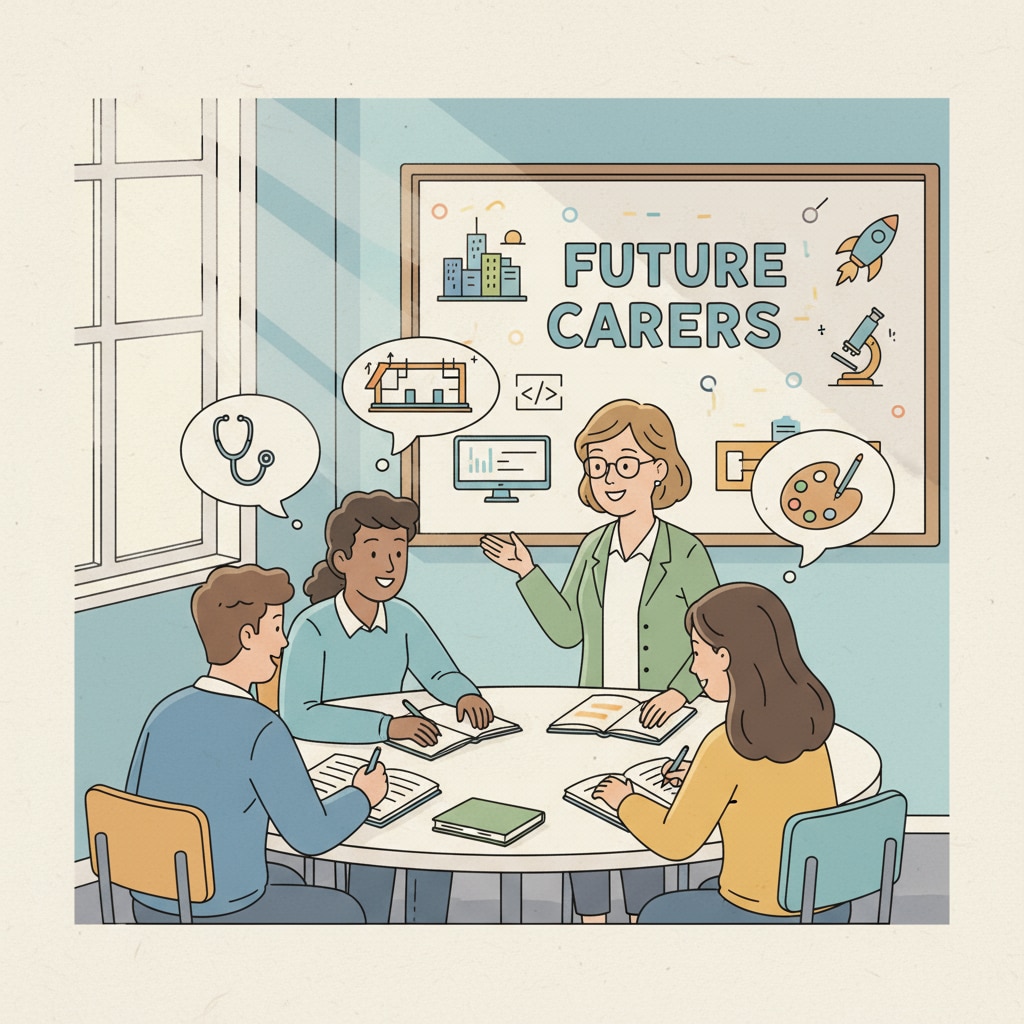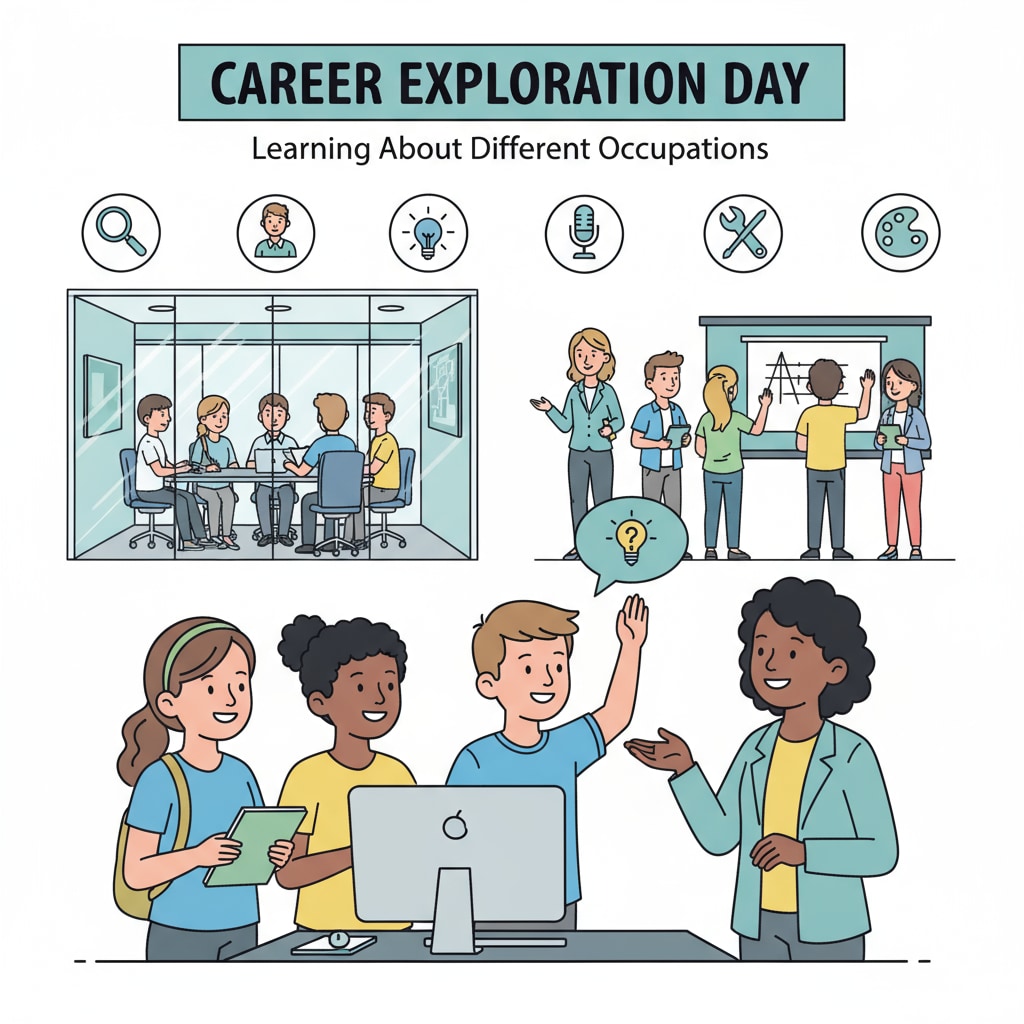Dream jobs, career planning, and employment dilemmas are issues that students, especially those in the K12 stage, need to confront. As children grow, they start to dream about various occupations. However, when it comes to the real job market, the path to achieving these dreams can be full of obstacles. How can we help students in the K12 stage build a rational career planning concept? Let’s take a closer look.

The Gap Between Dream Jobs and Reality
Children often have very idealized views of dream jobs. For example, many kids dream of becoming astronauts, actors, or professional athletes. These occupations seem glamorous and exciting. However, the reality is quite different. According to Bureau of Labor Statistics, the job competition in these fields is extremely fierce. The number of available positions is limited, and the requirements for skills, education, and experience are often very high. For instance, to become an astronaut, one needs to have excellent physical conditions, in-depth knowledge of science and engineering, and pass a series of rigorous training programs. Therefore, it’s crucial to help students understand this gap early.
The Importance of Early Career Planning in K12
Career planning in the K12 stage is not about locking students into a specific job but rather helping them explore their interests, strengths, and values. When students start to think about their future careers early, they can make more informed decisions about their studies. For example, if a student is interested in computer science, they can start taking relevant courses, participating in coding competitions, and building projects during their K12 years. This early exposure can not only enhance their skills but also increase their chances of getting into a good college and eventually landing a job in the field. As stated by American Speech-Language-Hearing Association, early career exploration can also boost students’ self-confidence and motivation.

So, how can schools and families work together to help students in the K12 stage with career planning? Schools can offer career exploration courses, invite professionals from different fields to give lectures, and organize internships or job shadowing activities. Families, on the other hand, can have regular conversations with their children about their interests and dreams, encourage them to try different hobbies, and provide real-life examples of different careers. By working together, schools and families can help students bridge the gap between their dream jobs and the realities of the job market, and lay a solid foundation for their future career development.
Readability guidance: This article uses short paragraphs to present ideas clearly. Each H2 section contains key points related to career planning for K12 students. Passive voice is used sparingly, and transition words like “however”, “therefore”, and “for example” are employed to make the text flow smoothly. Lists are used where appropriate to summarize important information.


